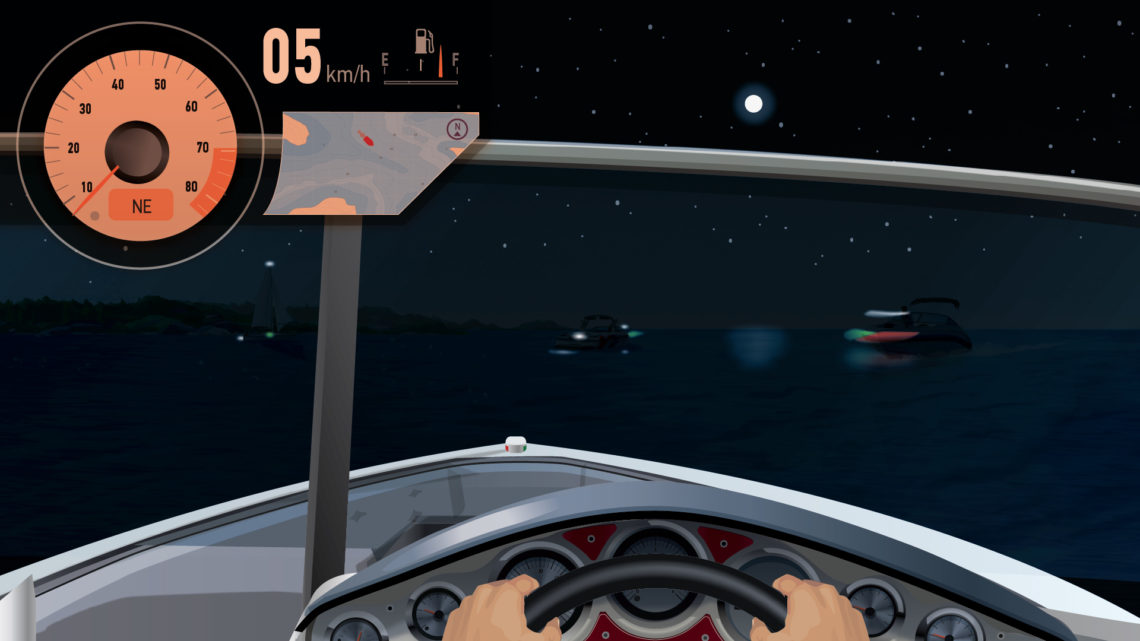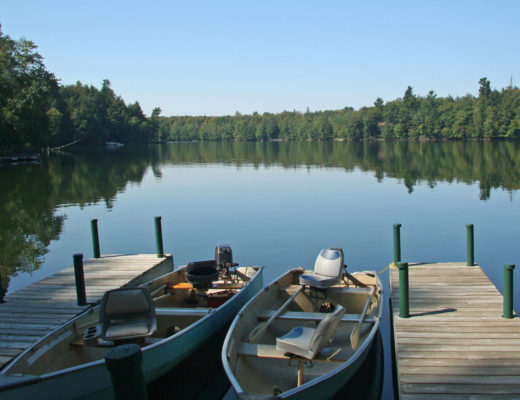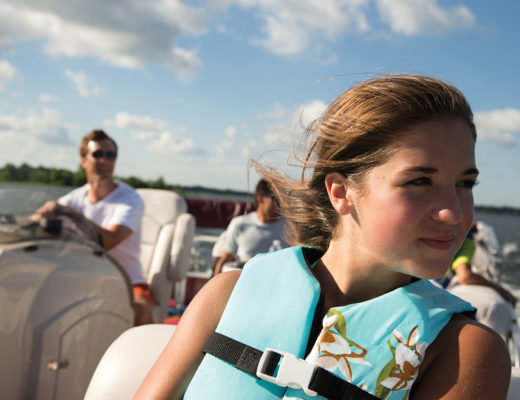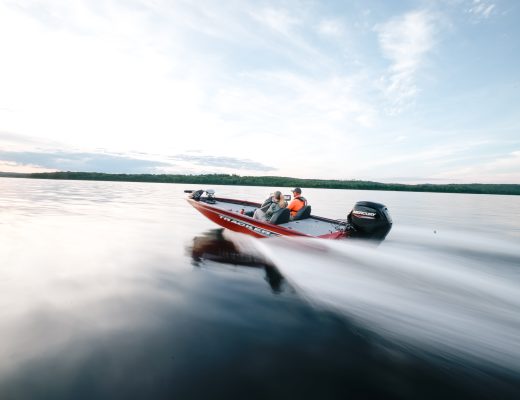Recently, boaters in southern Ontario, Canada, were rattled by two fatal boating collisions. In both incidents, the boats involved were not displaying their night-time navigation lights, which made them essentially invisible on the water.
Boating at night without navigation lights is extremely dangerous. To help you avoid a similar type of accident and stay safe on the water, today we focus on the importance of having the right lights (and knowing how to use them) at night.
The Dangers of Night-Time Navigation
It’s vitally important for boaters to remember the dangers of nighttime navigation.
Waterways aren’t like streets or highways, with their fluorescent reflective signage and designated laneways lit by powerful street lights. They’re dark, unlit, and littered with ever-changing hazards, including other boats and waterway traffic that may cross their path.
Operating your boat at night without any navigation lights is comparable to being a black cat crossing a country road in the middle of the night. You will be completely invisible.
So, if you’re operating at night, always be sure to turn on your nav lights and operate at a reasonable speed for the conditions and time of day. Because, even if you remembered to turn on your lights, it doesn’t mean that other waterway users did the same.
Boat navigation lights aren’t complicated – you just have to remember a few key points so that you’ll know how to react on the water when you encounter another boat at night.
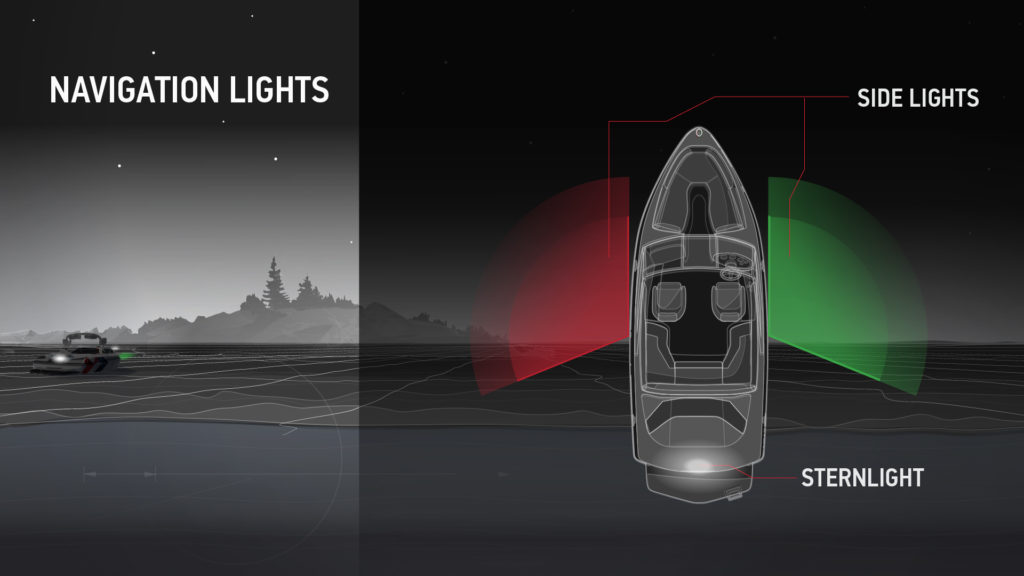
Colored Navigation Lights
How can you know if your boat has the right lights to keep you safe on the water at night? Boat lights are crucial pieces of boating equipment, and most watercraft need at least the following lights
Starboard Side Lights
These lights are green in colour. If you see one at night, you’re approaching the starboard (right) side of another boat.
Just like when you’re operating a car, green means go.
If you see a green light at night, you have the right of way – but proceed with caution. Be sure that the other boat yields before you continue on your course.
Port Side Lights
These lights are red in colour, and indicate that you’re approaching the port (left) side of another boat.
Again, just like when you’re driving a car, red means stop.
If you see a boat’s red port light, you do not have the right-of-way and will need to yield to the other boat. Typically, boats that do not have the right-of-way should alter their course to starboard (right) if a safe route exists.
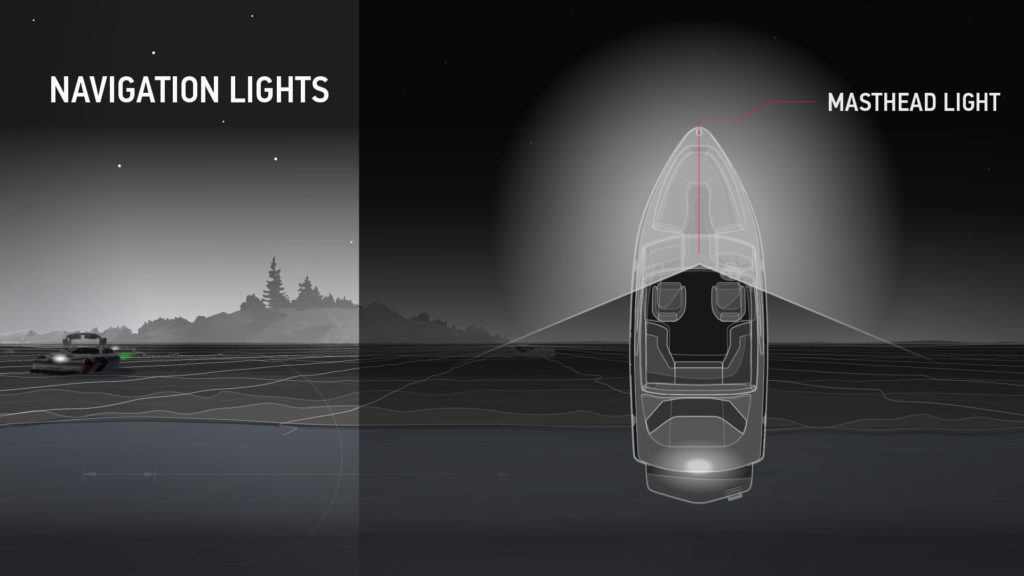
What About White Lights?
Boats also use white lights for important safety reasons.
Masthead and Stern Lights
Lights on the boat’s masthead are bright white lights. They are affixed on the mast (or as close to that area as possible).
Stern lights are also white lights, but you’ll find them affixed to the stern of the boat.
What About Human-Powered Boats?
Human-powered boats (like kayaks and canoes) won’t be equipped with the same coloured port and starboard side lights as powered boats, making them harder to see. However, they are required to display a white light that is visible from all sides.
What Do I Do If I See a White Light At Night?
This one is easy. If you see a boat displaying a white light, you do not have the right of way.
A white light indicates one of the following:
- You’re approaching a boat head-on
- You’re approaching a boat from behind
- You’re approaching a human-powered boat (like a canoe or kayak)
In the above scenarios, you must slow down and alter your course to give the other boat the right of way. Ideally, if a safe route exists, you slow down to a no-wake speed and alter your course to the starboard side.
Remember: when boating at night, turn on your navigation lights and adhere to the following:
- Green = Go (proceed with caution)
- Red = Stop (slow down and yield the right of way)
- White = Stop (slow down and yield the right of way)
With these insights, you improve your ability to stay safe while boating and protect others boating near you at night.
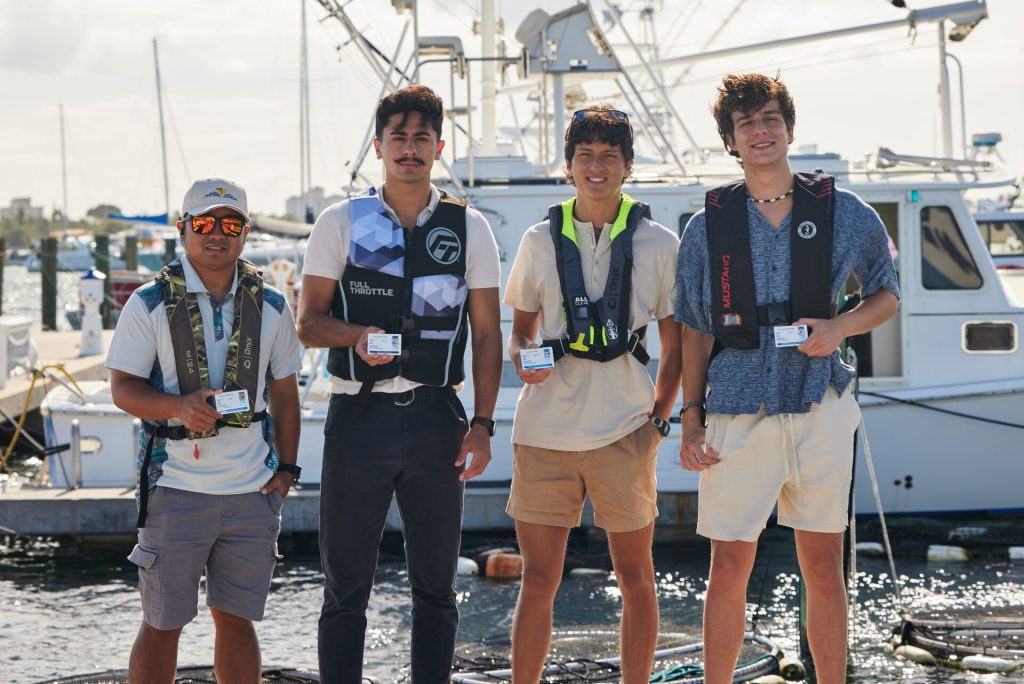
Learn More About Boating Safety with BOATSmart!
Understanding boat navigation lights is only a small part of boating safely. There’s much more to safety on the water, whether you boat at night or during the day (when the waters are busier).
The best way to learn critical safety essentials and boat legally in Canada or the U.S. is to take a boater course and pass the safety exam! With BOATsmart!, you can take our informative, engaging, and government-approved courses, then get your required Pleasure Craft Operating Card (PCOC) – all through our website.
Canadians, get started here. Boaters in the U.S., start by selecting the course for your state.
Then, be safe out there, boaters!
Originally published April 1, 2020. Content most recently reviewed and updated July 26, 2024.
